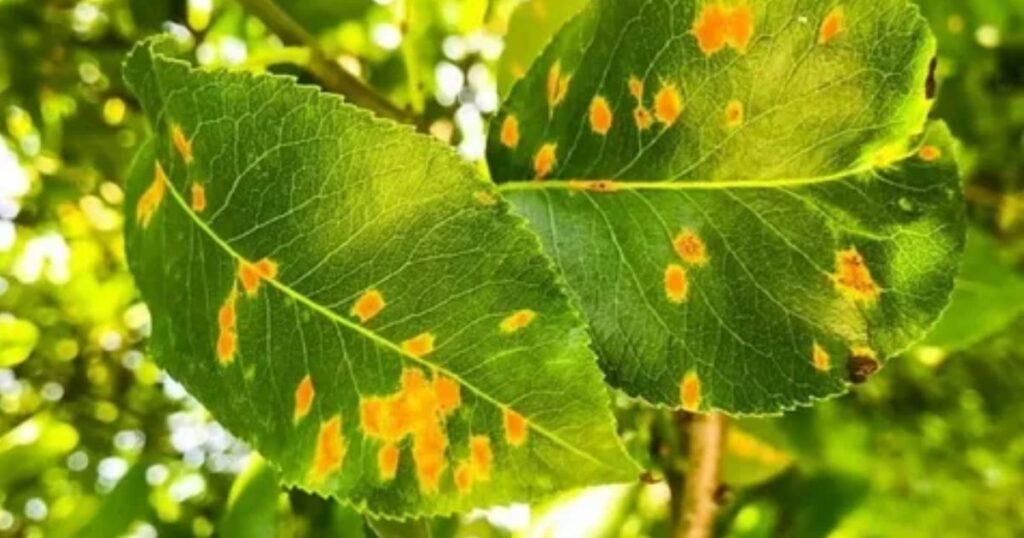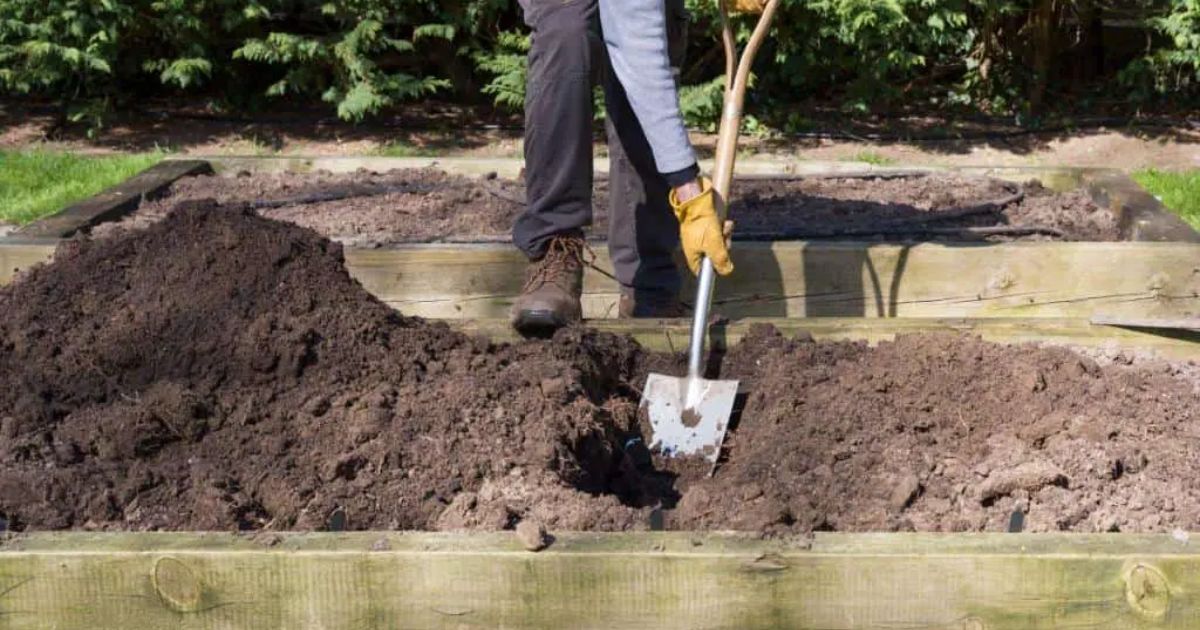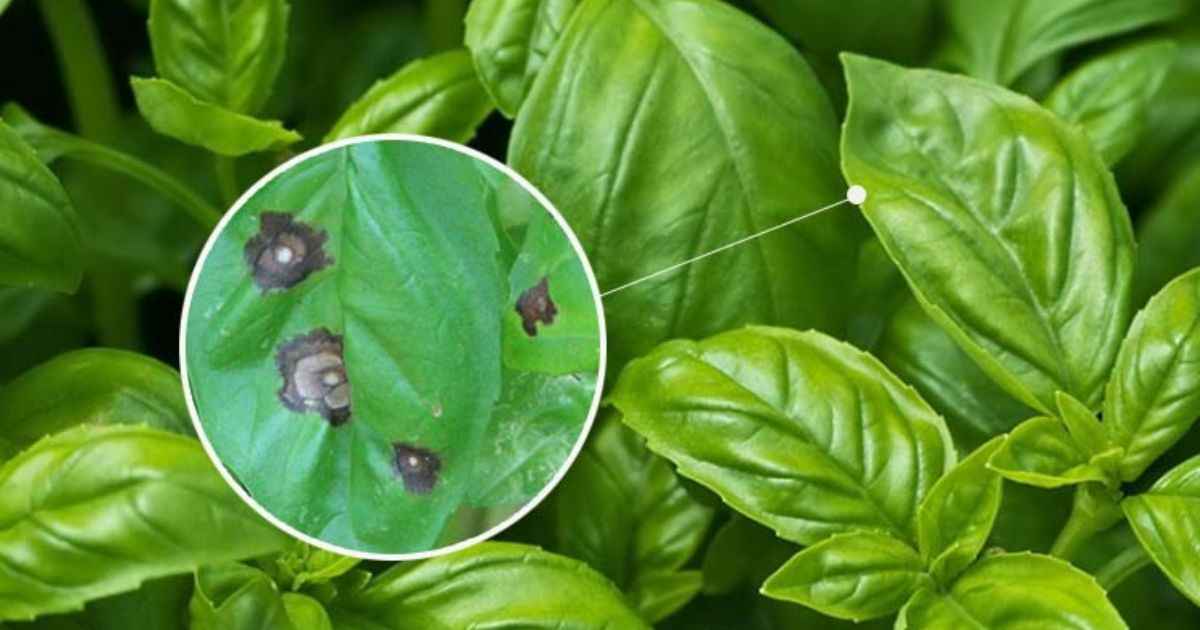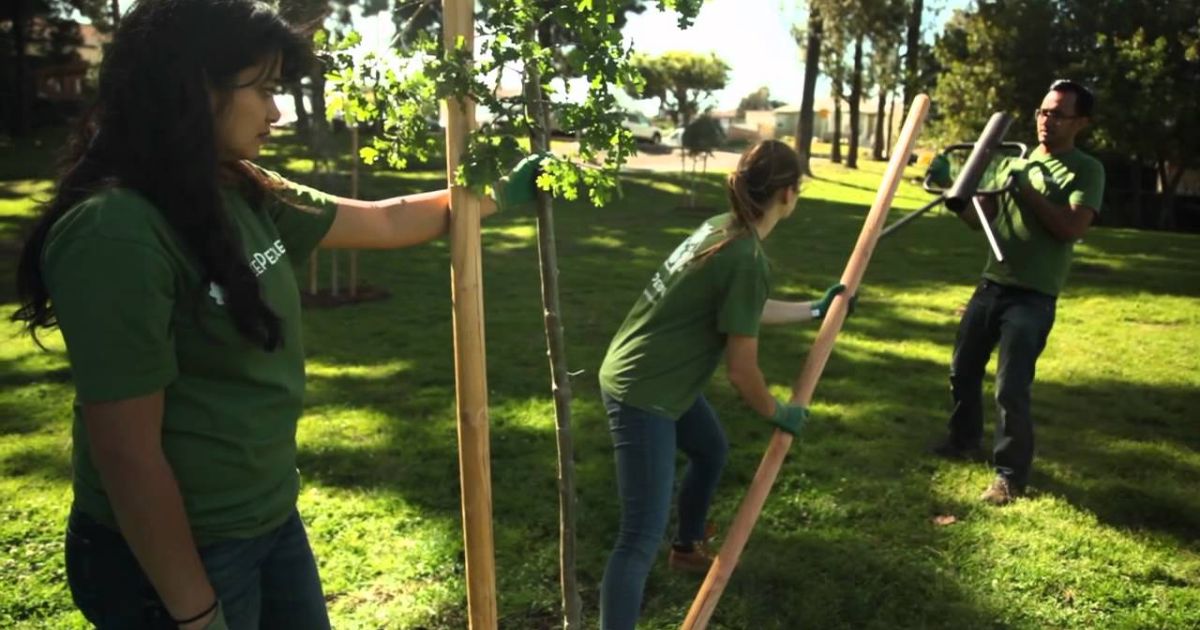If you’ve noticed orange spots appearing on your pear tree leaves, you’re not alone. Many gardeners encounter this problem. While a few spots here and there may seem harmless, they can be an early warning sign of disease, pest infestation, nutrient deficiency, or environmental stress. Left unchecked, these issues can weaken your tree, reduce fruit production, and even lead to premature leaf drop.
Understanding the cause of the orange spots is the first step toward restoring your pear tree’s health. Some causes, like fungal infections, spread quickly under the right conditions, while others, such as nutrient deficiencies or sunburn, develop more gradually. By learning to identify the symptoms and act promptly, you can protect your tree and enjoy healthy leaves and bountiful fruit.In this guide, we’ll explore the five most common causes of orange spots on pear tree leaves, from pear rust disease to pests and environmental stress, and provide practical solutions to help your tree recover and thrive.
Pear Rust (Gymnosporangium sabinae)
The leading cause of orange patches on pear tree leaves is pear rust, which is brought on by the fungus Gymnosporangium sabinae. This illness spreads by airborne spores and grows best in temperate areas. For the fungus to finish its life cycle, it needs two hosts: pear trees and junipers. If you have junipers nearby, they might harbor the fungus, releasing spores that infect your pear trees.
Symptoms
Look for bright orange or yellowish spots on the upper surfaces of leaves, often appearing in late spring or early summer. These spots, called aecia, may develop black centers as the disease progresses. A Visual Guide to Identifying Butterflies On the undersides, you might notice small, rust-colored pustules. yellow spots on pear tree leaves In severe cases, leaves turn yellow and drop prematurely, weakening the tree.
Impact
Pear rust reduces photosynthesis, stunting growth and diminishing fruit yield. Repeated infections can weaken the tree’s vigor, making it susceptible to other pests and diseases.
Solutions
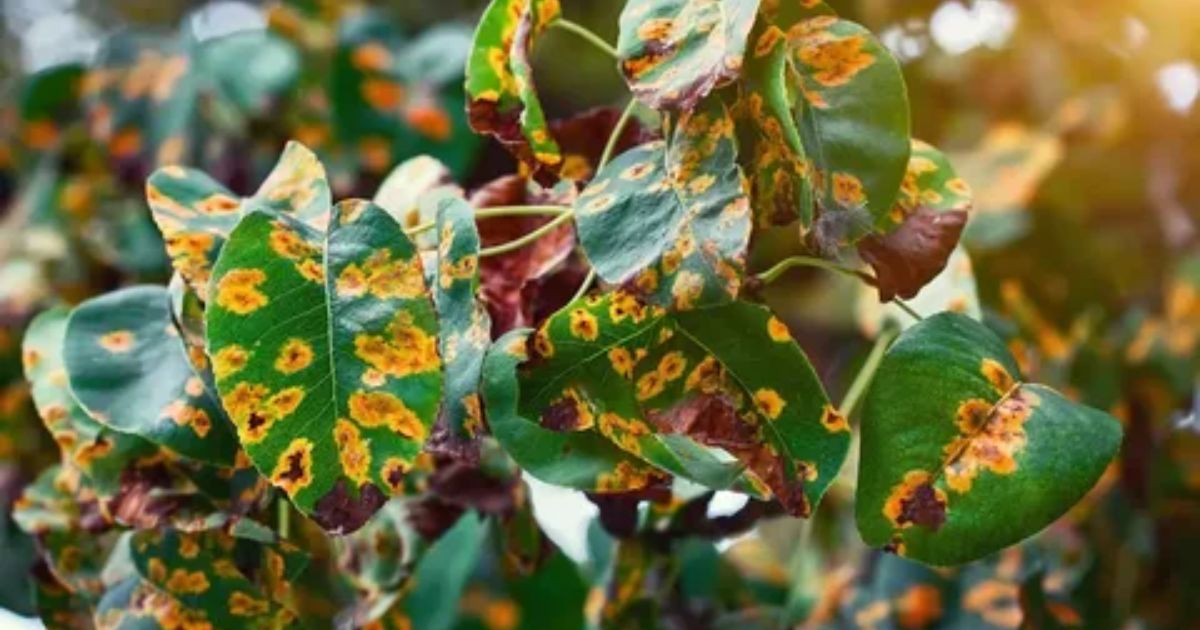
- Remove Juniper Hosts: If possible, remove nearby junipers to break the fungus’s life cycle. This step significantly reduces spore transmission.
- Fungicides: Apply fungicides labeled for pear rust control, such as those containing myclobutanil or sulfur, during early spring before symptoms appear. Follow label instructions carefully.
- Prune Infected Areas: Trim affected leaves and branches, disposing of them away from the tree to prevent spore spread.
- Improve Air Circulation: Prune your pear tree to enhance airflow, reducing humidity that favors fungal growth.
By acting swiftly, you can manage pear rust and protect your tree’s health.
Fire Blight (Erwinia amylovora)
Fire blight is caused by the bacteria Erwinia amylovora. Occasionally manifests as orange spots on leaves of pear tree. This aggressive pathogen primarily affects members of the Rosaceae family, including pears and apples. It spreads rapidly in warm, wet conditions, making spring and early summer prime times for infection.
Symptoms
Orange or reddish-brown spots may appear on leaves, often accompanied by blackened, wilted shoots that resemble fire damage, hence the name. Infected leaves may turn brown or black, clinging to the tree instead of falling. Blossoms and fruit can also develop dark, shriveled appearances.
Impact
Fire blight can devastate pear trees, killing branches and, in severe cases, entire trees. Young trees are particularly vulnerable, and rapid spread can lead to significant orchard losses.
Solutions
- Sanitize Tools: Disinfect pruning tools with a 10% bleach solution between cuts to prevent spreading bacteria.
- Prune Infected Tissue: Remove infected branches at least 12 inches below visible symptoms during dry weather. Burn or dispose of cuttings to avoid re-infection.
- Apply Bactericides: Use copper-based bactericides during bloom to suppress bacterial growth. Consult local agricultural extensions for approved products.
- Plant Resistant Varieties: Choose fire blight-resistant pear cultivars, such as ‘Harrow Sweet’ or ‘Moonglow,’ to reduce future risks.
Vigilance and prompt action can curb fire blight’s destructive spread.
3. Powdery Mildew (Podosphaera leucotricha)
Podosphaera leucotricha is the fungus that causes powdery mildew. Another common cause of orange spots pear tree leaves is particularly in dry, warm conditions. How to Identify Purple Leaf Plum Tree Diseases While it typically produces white, powdery coatings, advanced stages or specific strains can lead to orange or yellowish spots.
Symptoms
Initially, you might notice white, powdery patches on leaves, which may turn orange or yellow as the fungus progresses. Affected leaves often curl, yellow, and drop prematurely. Young shoots and buds may also show signs of infection, appearing distorted or stunted.
Impact
Powdery mildew reduces the tree’s ability to photosynthesize, weakening its overall health. Severe infections can stunt growth, minimize fruit quality, and lower yields.
Solutions
- Improve Ventilation: Prune trees to increase air circulation, reducing humidity around leaves.
- Fungicides: Apply fungicides like sulfur or potassium bicarbonate early in the growing season to prevent spread. Repeat applications as needed, following product guidelines.
- Monitor Weather: Powdery mildew thrives in warm, dry conditions, so stay proactive during these periods.
- Remove Debris: Clear fallen leaves and debris to eliminate fungal overwintering sites.
With consistent care, you can keep powdery mildew at bay and maintain healthy pear trees.
Leaf Spot Diseases (Various Fungi)
Several fungal leaf spot diseases, such as Diplocarpon mespili (black spot) or Fabraea maculata (Fabraea leaf spot), can cause orange spots on pear tree leaves. These fungi thrive in wet, humid conditions and often appear after prolonged rainy periods.
Symptoms
Orange, yellow, or brown spots with dark borders dot the leaves, sometimes merging into larger patches. In severe cases, leaves turn yellow and drop early. Fabraea leaf spot may also affect fruit, What Are Basil Black Spots and How Can You Eliminate Them? causing dark, sunken lesions.
Impact
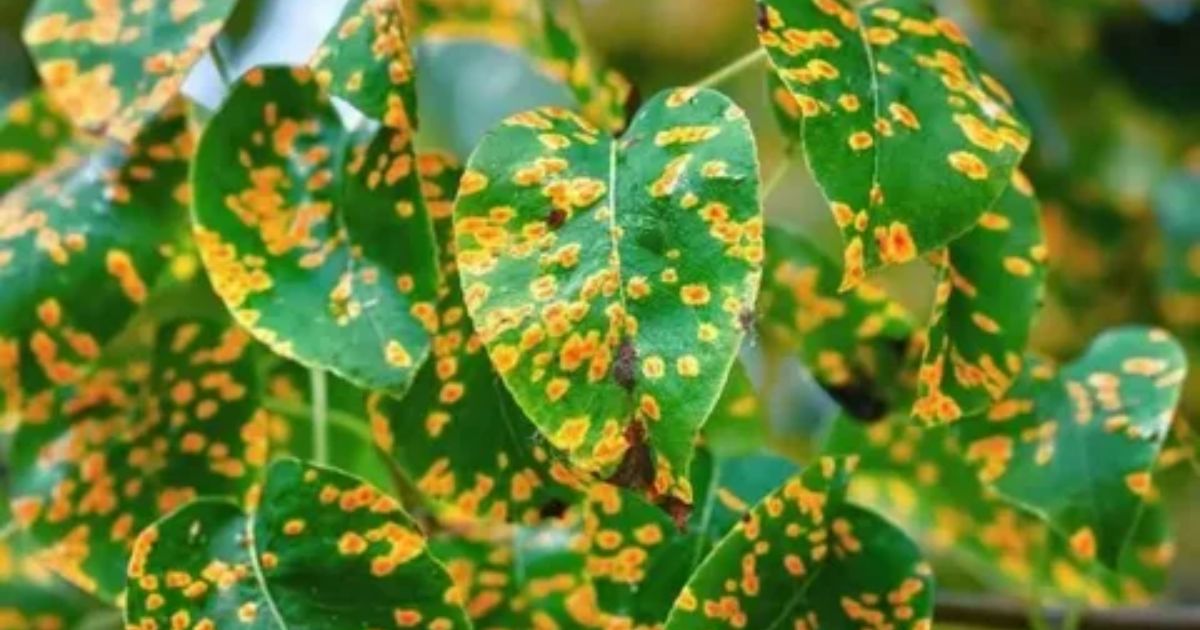
Leaf spot diseases reduce photosynthesis, leading to weakened trees and decreased fruit production. Repeated defoliation can stress the tree, increasing susceptibility to other issues.
Solutions
- Sanitation: Remove and destroy fallen leaves to reduce fungal spores. Avoid overhead watering to keep foliage dry.
- Fungicides: Apply fungicides containing captan or myclobutanil during wet seasons to control spread. Start applications at bud break and continue as recommended.
- Prune Strategically: Thin the canopy to improve airflow and reduce moisture retention.
- Monitor Soil Drainage: Ensure proper soil drainage to prevent waterlogged conditions that favor fungal growth.
Proactive management keeps leaf spot diseases under control and preserves tree vitality.
Nutrient Deficiencies
Nutrient deficiencies, particularly in iron or manganese, can cause orange or yellowish spots on pear tree leaves. These deficiencies often arise from imbalanced soil pH or poor nutrient uptake, especially in alkaline or compacted soils.
Symptoms
Iron deficiency (chlorosis) manifests as yellowing leaves with green veins, sometimes with orange or brownish spots. Manganese deficiency produces similar symptoms but may include small, What is Biochar Used For orange speckles across leaves. Young leaves are often most affected, and symptoms worsen under stress.
Impact
Nutrient deficiencies weaken trees, reducing growth, fruit quality, and resistance to pests and diseases. Left untreated, they can lead to long-term decline.
Solutions
- Soil Testing: Test soil pH and nutrient levels to identify deficiencies. Pear trees prefer a pH of 6.0–7.0.
- Amend Soil: Apply chelated iron or manganese supplements, following soil test recommendations. Use foliar sprays for quick correction.
- Improve Soil Health: Incorporate organic matter, like compost, to enhance nutrient availability and soil structure.
- Water Properly: Ensure consistent watering to aid nutrient uptake, avoiding water stress.
Addressing nutrient deficiencies restores your pear tree’s vibrancy and productivity.
Prevention Tips for Healthy Pear Trees
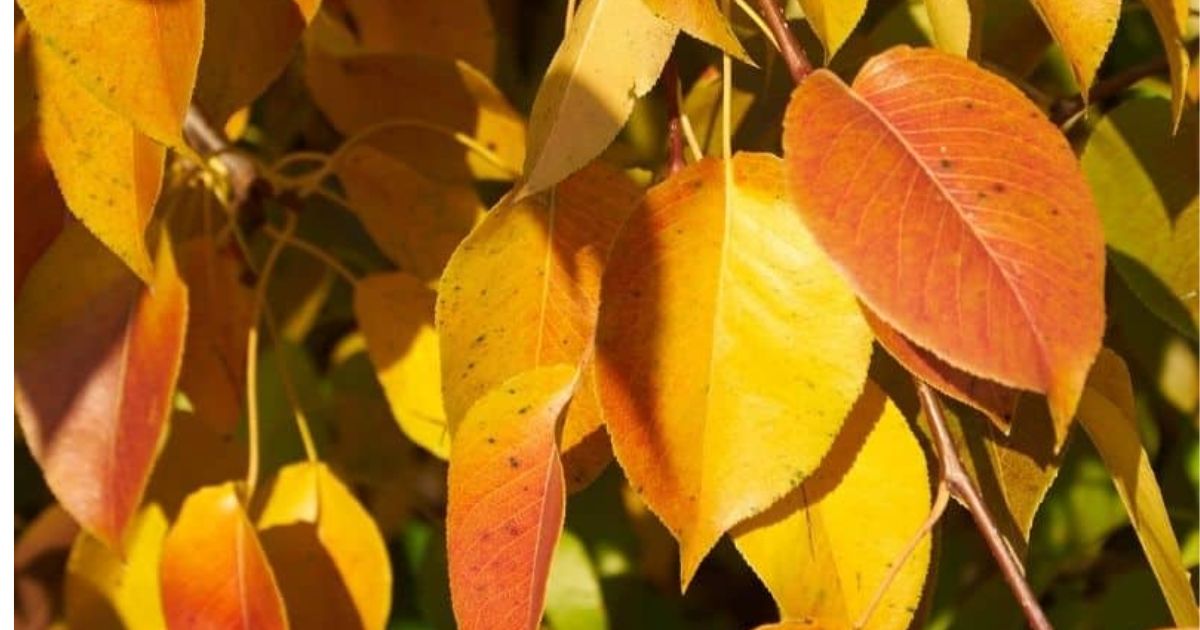
Preventing orange spots requires a holistic approach to tree care. Here are actionable steps to keep your pear trees healthy:
- Choose Resistant Varieties: Opt for pear cultivars resistant to common diseases like fire blight or rust. Research local recommendations for best results.
- Maintain Tree Health: Fertilize annually with a balanced fertilizer, water consistently, and mulch to retain moisture and suppress weeds.
- Monitor Regularly: Inspect leaves, branches, and fruit weekly for early signs of disease or deficiency. Early detection simplifies treatment.
- Practice Good Sanitation: Clear fallen leaves, fruit, and debris to eliminate pathogen overwintering sites. Disinfect tools regularly.
- Encourage Biodiversity: Plant companion species that deter pests or attract beneficial insects, How to Treat Camellia Black Spots on Leaves reducing disease pressure.
By integrating these practices, pear tree with orange spots on leaves you create an environment where pear trees flourish.
Conclusion
Orange spots on pear tree leaves are not only a superficial problem; they may be a sign of more serious issues. That affect the health and productivity of your tree. Whether caused by fungal infections like pear rust, nutrient deficiencies, pests, or environmental stress, identifying the root cause early is essential for effective treatment.
By regularly inspecting your pear trees, maintaining proper watering and fertilization practices, and taking preventive measures against pests and diseases, you can protect your trees from severe damage. Prompt action, combined with consistent care, will help your pear trees stay healthy, vibrant, and productive for years to come. orange spot on pear tree leaves Healthy leaves mean healthy trees, and healthy trees mean better fruit. Keeping an eye on the signs and acting quickly is the key to successful pear tree care.
FAQ
Can orange spots on pear leaves affect fruit quality?
Yes. While minor spotting may not directly harm fruit, severe infestations or infections like pear rust can weaken the tree, reducing overall fruit yield and size.
How can I tell if the spots are caused by fungus or pests?
Fungal spots, like pear rust, usually appear as bright orange pustules and may spread in wet conditions. Pest damage often includes leaf distortion, sticky residue, or tiny visible insects. Close inspection helps identify the cause.
Are orange spots more dangerous on young trees?
Yes. Young pear trees are more vulnerable because their roots and leaves are still developing. Early treatment is crucial to prevent long-term growth issues.
Can I use home remedies to treat pear rust?
Some home remedies, like removing infected leaves and spraying a mild neem oil solution, can help reduce fungal spread. However, severe infections may require targeted fungicides for complete control.
How often should I inspect my pear trees?
Inspect your trees at least once a week, especially during wet or humid seasons. Early detection of spots, pests, or unusual leaf changes helps prevent severe damage.

